|
세계최초로 유치원을 만들어낸 국가는 독일이다.
WSJ는 14일자 보도를 통해서 숲속 유치원이 150년 전 독일에서 세계 최초의 유치원을 연 프리드리히 프뢰벨이 늘상 강조했던 "어린이들을 숫자와 글자가 아닌 자연 속에서 뛰놀게 하라"는 가르침을 따르고 있다고 전했다.
이처럼 유치원의 발상지인 독일에선 오히려 유치원을 자연으로 다시 되돌리는 운동이 일어나, 3~6세의 어린이들이 날마다 근교 숲에 가 노래를 부르고 진흙탕에서 뒹군다. 지치면, 나무 둥치 의자에 걸터앉아 쉰다.
WSJ 원문 소개
German Tots Learn to Answer Call of NatureBy MIKE ESTERL
April 14, 2008; Page A1 IDSTEIN, Germany -- Each weekday, come rain or shine, a group of children, ages 3 to 6, walk into a forest outside Frankfurt to sing songs, build fires and roll in the mud. To relax, they kick back in a giant "sofa" made of tree stumps and twigs. The birthplace of kindergarten is returning to its roots. While schools and parents elsewhere push young children to read, write and surf the Internet earlier in order to prepare for an increasingly cutthroat global economy, some little Germans are taking a less traveled path -- deep into the woods. Germany has about 700 Waldkindergärten, or "forest kindergartens," in which children spend their days outdoors year-round. Blackboards surrender to the Black Forest. Erasers give way to pine cones. Hall passes aren't required, but bug repellent is a good idea.
Trees are a temptation -- and sometimes worse. Recently, "I had to rescue a girl" who had climbed too high, says Margit Kluge, a teacher at Idstein's forest kindergarten. Last year, a big tree "fell right before our noses." The schools are a throwback to Friedrich Fröbel, the German educator who opened the world's first kindergarten, or "children's garden," more than 150 years ago. Mr. Fröbel counseled that young children should play in nature, cordoned off from too many numbers and letters. They are also a modern-day snapshot of environmentally conscious and consumption-wary Germany, where the Green Party polls more than 10% and stores are closed on Sundays. Only a fraction of German children attend Waldkindergärten, but their numbers have been rising since local parent groups began setting up these programs in the mid-1990s, following the lead of a Danish community. Similar schools exist in smaller numbers in Scandinavia, Switzerland and Austria. The concept is sparking interest far afield -- even in the U.S., whose first Waldkindergarten opened in Portland, Ore., last fall. "The computer arrives early enough," adds Norbert Huppertz, a specialist in child development at the Freiburg University of Education and a Waldkindergärten booster in Germany. Academic studies of such schools are in their infancy. Some European researchers believe Waldkindergärten kids exercise their imaginations more than their brick-and-mortar peers do and are better at concentrating and communicating. Despite dangers, from insects particularly, the children appear to get sick less often in these fresh-air settings. Studies also suggest their writing skills are less developed, though, and that they are less adept than other children at distinguishing colors, forms and sizes. In the rolling countryside of Idstein on a recent rainy morning, parents dropped off their children at a muddy parking lot a bit after 8 as the temperature hovered around 40 degrees Fahrenheit. Inspecting a Worm Some of the children, wrapped in thick winter clothing, stooped over to inspect a worm. Then the five girls and four boys trudged into the neighboring woods with their two teachers before pausing to hold hands in a circle. "Good morning, sun, even though we can't see you today," said the 51-year-old Ms. Kluge, as the children joined in song and then acted out a play involving rabbits. They hiked a few hundred feet into the forest before settling down to jump in puddles, examine a hibernating lizard and paint Easter eggs. A girl named Maxi went off to whittle a branch with a hunting knife. Another made "chocolate-vanilla-strawberry-herbal pudding" by stirring mud with a twig.
At snack time, the children sat on logs and munched on carrots and nuts while Ms. Kluge told them about the life cycle of toads. A boy named Ben wanted to know whether a North American visitor accompanying them was "a cowboy or an Indian." A bit before 1 p.m., after jumping in more puddles, playing around a makeshift tepee and singing another song involving the Easter bunny, the children emerged from the woods grinning and caked in mud to be picked up by their waiting parents. "It's peaceful here, not like inside a room," said Ms. Kluge, who has headed the Waldkindergarten since it opened five years ago. The children rarely venture into a trailer in the forest that's used as a shelter in extreme weather. Ms. Kluge says no child has ever asked for a toy. The children improvise instead with what the woods have to offer. And there haven't been any bad accidents beyond the occasional scrapes and bruises. Not everyone has a feel-good experience. Frankfurt resident Donna Parssinen sent her son to a Waldkindergarten last year but says he got Lyme disease from ticks. It resulted in meningitis that temporarily paralyzed half his face. "I still like the idea" of Waldkindergärten, says Ms. Parssinen, "but once is enough." Her son now attends a four-walled kindergarten. Still, many German indoor kindergartens take children to nearby forests once a week to tramp around. A spokesman for Germany's Ministry for Family Affairs said it welcomes the arrival of Waldkindergärten, which typically receive local government subsidies similar to those of state-run kindergartens. Iwao Uehara, a professor at Tokyo University of Agriculture, says he has been trying to set up such a school in Japan, but the project is struggling. Until there's evidence that Waldkindergärten graduates end up attending "famous universities," it's going to be a tough sell, he says. In Portland, though, Marsha Johnson launched Mother Earth kindergarten last fall to combat what she calls "early academic fatigue syndrome....We have 5-year-olds who are tired of going to school." The 14 children spend four hours a day at the privately run school playing in a state park forest. How to Handle a Saw Among the nature-based activities, children learn how to handle a real saw. "A plastic saw is no good," says Ms. Johnson. "You might as well give them a plastic life." The worst that has happened thus far to the children is the occasional bee sting, she says. Mimi Howard, a director at the Education Commission of the States, which advises states on policy from Denver, says some U.S. teachers feel pressure "to push academics earlier and earlier." The federal No Child Left Behind law introduced standardized testing for reading and writing by third grade, but some studies recommend more "open-ended learning experiences" for young children. "We're in the debate phase," she says. In Fife, Scotland, Cathy Bache recently took matters into her own hands and founded a private nursery school. About 20 children explore the local forests, "saw logs, make fires when cold and look at fungi," she explains. Ms. Bache admits the children fall out of trees "quite often" -- but that she doesn't let them climb higher than 6 feet, the cutoff point for her insurance policy.
Write to Mike Esterl at mike.esterl@dowjones.com
edited by yourdoctor |
출처: yourdoctor 원문보기 글쓴이: yourdoctor

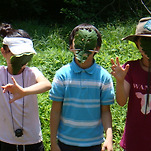
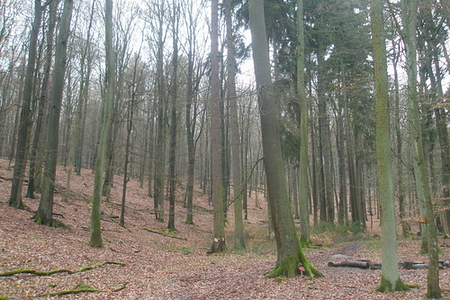
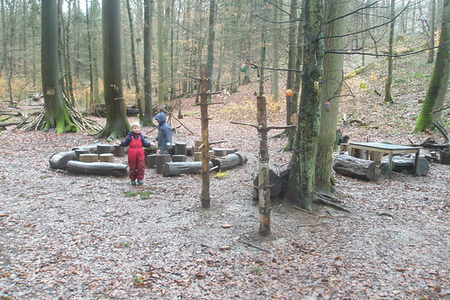
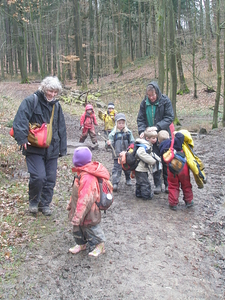
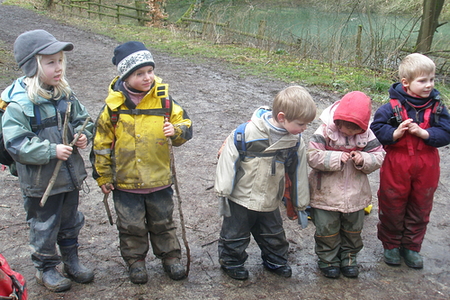
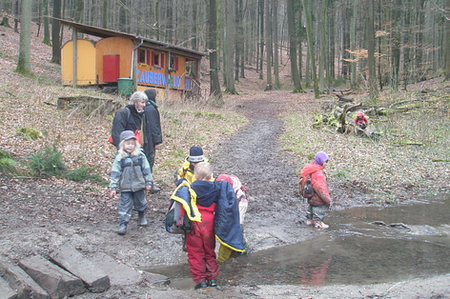
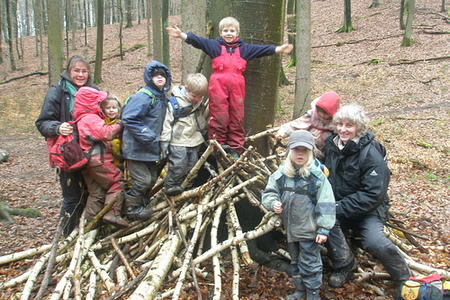
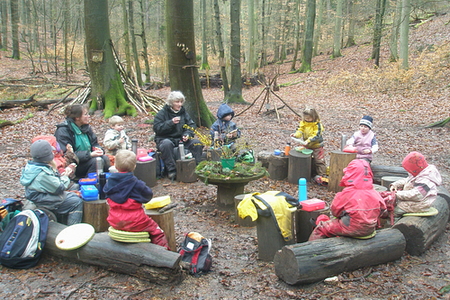
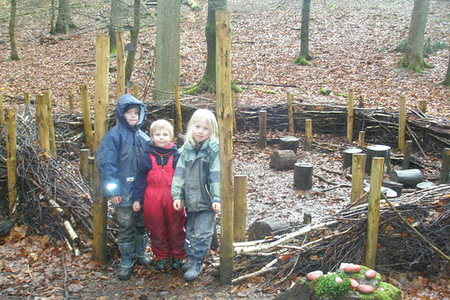
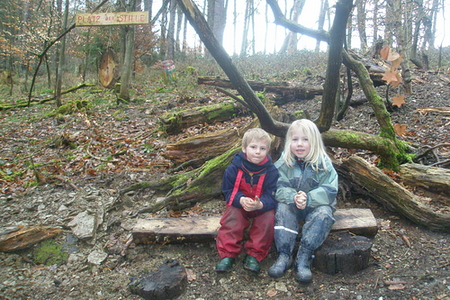
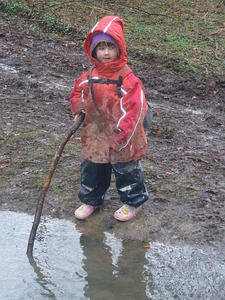
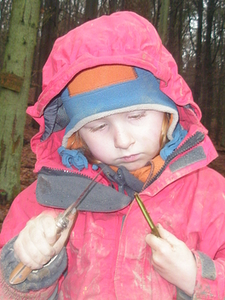
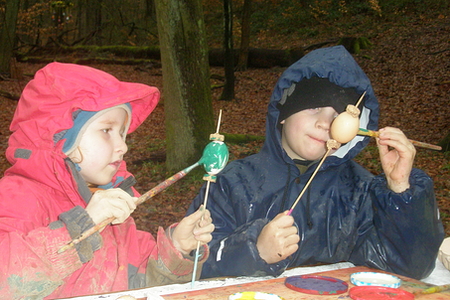
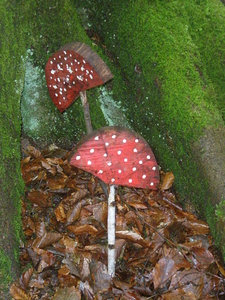
![[Go to slideshow.]](https://img1.daumcdn.net/relay/cafe/original/?fname=http%3A%2F%2Fs.wsj.net%2Fpublic%2Fresources%2Fimages%2FOB-BG901_it_wal_20080411124208.jpg)
![[Margit Kluge]](https://img1.daumcdn.net/relay/cafe/original/?fname=http%3A%2F%2Fs.wsj.net%2Fpublic%2Fresources%2Fimages%2FHC-GL839_Kluge_20080411161650.gif)